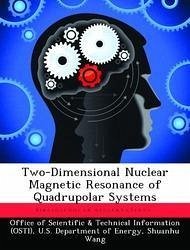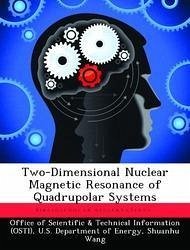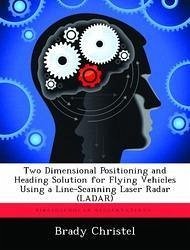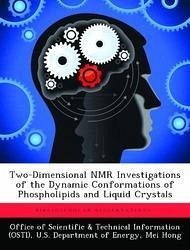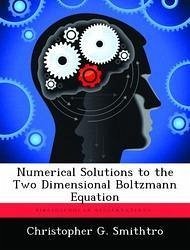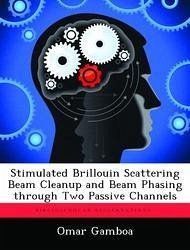Nicht lieferbar
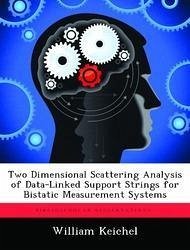
Two Dimensional Scattering Analysis of Data-Linked Support Strings for Bistatic Measurement Systems
Versandkostenfrei!
Nicht lieferbar
Use of data-linked strings to support a bistatic antenna is being considered as a possible improvement to indoor bistatic radar cross section measurement systems. Analysis of candidate data-linked strings is required to understand the potential clutter contribution posed by such a system. The main objective of this research is to determine the scattering properties of four data-linked support string samples. Another goal is to determine the material properties of the string material through nondestructive means if possible. The final goal is to model the samples as a single wire coated with a ...
Use of data-linked strings to support a bistatic antenna is being considered as a possible improvement to indoor bistatic radar cross section measurement systems. Analysis of candidate data-linked strings is required to understand the potential clutter contribution posed by such a system. The main objective of this research is to determine the scattering properties of four data-linked support string samples. Another goal is to determine the material properties of the string material through nondestructive means if possible. The final goal is to model the samples as a single wire coated with a dielectric material and determine the validity of the model. To meet these goals, the two dimensional radar cross section of each sample is measured with a focused beam system. The resulting measurements are used in conjunction with an analytic model of a dielectric-coated wire to estimate the material properties of the string material. Finally, a dielectric-coated wire model for each sample is analyzed using COMSOL Multiphysics software, and the results are compared with the measured two dimensional radar cross section.






